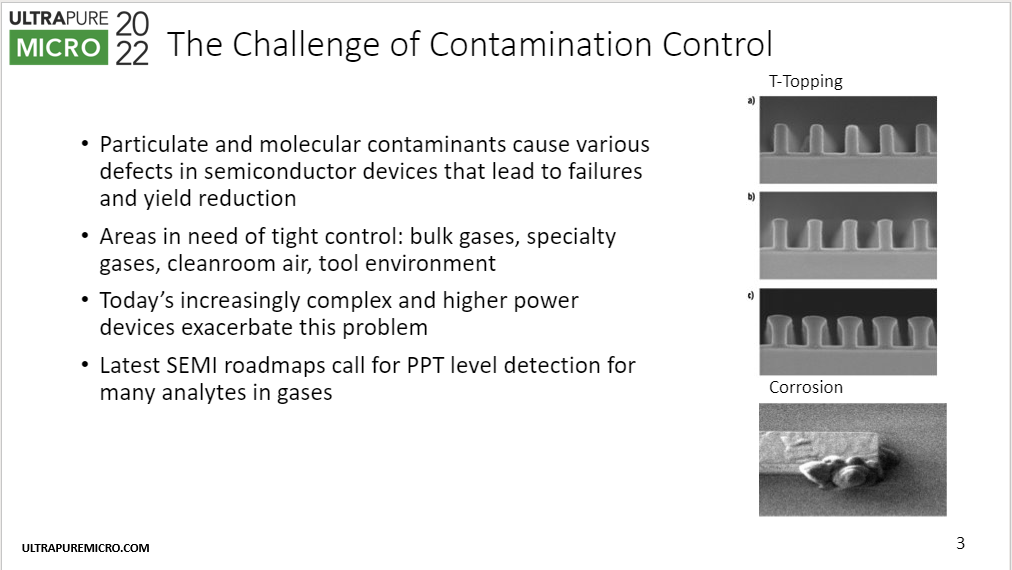How can preventative maintenance of filters ensure the highest quality UPW at the lowest cost of ownership?
Date Published 2016 | UPW journal archive
To access our resources you will need to be a member of UltraFacility, log in to your account or purchase a membership to view this content.
UF even withstands episodic increase of particle numbers in the feed (e.g., caused by conditioning of ion-exchange resins) without negative effects for water quality and service lifetime. Such a particle challenge typically involves high concentrations of ~10-nanometer (nm) particles. On the other hand, current on-line particle counters approach their lower detection limit at about 10nm. Large numbers of particles nearby and below this limit remain undetected. Hence, the integrity of a UF membrane is essential to keep these small particles under control; it can hardly be evaluated by comparing particle counts upstream and downstream. Therefore, better test methods are needed to identify membrane damages, and to decide on service life and replacement of UF membranes.
Related content
Development of an Online Urea Monitor for Ultrapure Water Production in Semiconductor Fabrication Plants

Multi-Species PPT-Level Impurity Detection in Electronic Bulk Gases Using Atmospheric Pressure Ionization Mass Spectrometry
THM – A Novel Sustainable Approach as a Global Solution for UPW Applications
Cobetter Filtration - NOVACON™
Back to results